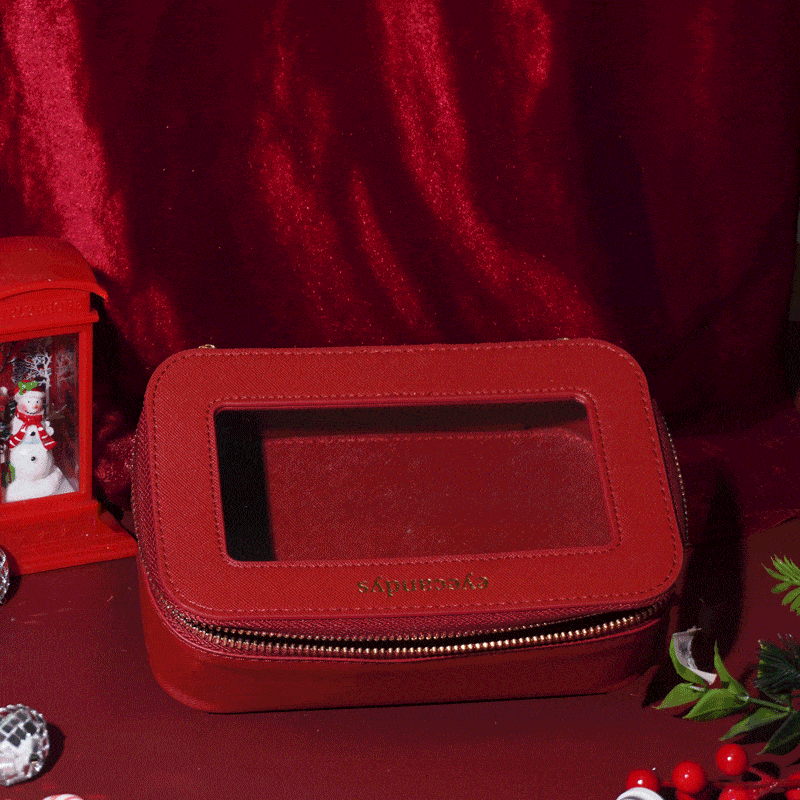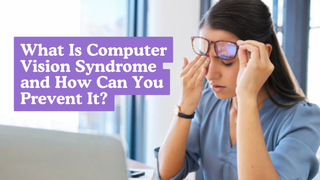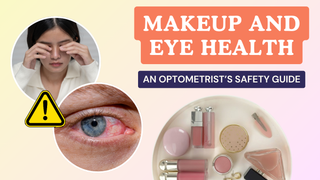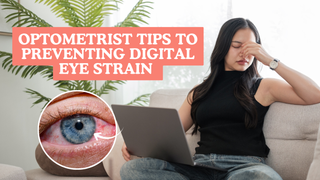Answering Your Top Questions About Pupillary Distance (PD)
Introduction
Pupillary Distance (PD) is a crucial measurement in vision correction that ensures your eyeglass lenses are perfectly aligned with your pupils. The pupil is the black portion of the eye in the center of the colored portion of the eye. While many people overlook this detail, an incorrect PD can cause eye strain, headaches, and blurred vision. In this guide, we’ll answer the most common questions about PD, how to measure it accurately, and why it matters for your eyewear.
The Science Behind Pupillary Distance
How PD Affects Vision Correction
PD is the distance between the centers of your pupils, measured in millimeters. This measurement helps align your prescription lenses correctly to optimize vision clarity. If the PD is off, light passing through the lenses may not focus correctly, leading to discomfort or distorted vision.
Types of Pupillary Distance
-
Binocular PD: The total distance between the centers of both pupils.
-
Monocular PD: The distance from each pupil to the bridge of the nose. This should be measured for all patients, especially those having progressives, high prescriptions, and prism.
-
Near vs. Distance PD: Some prescriptions require a separate PD for reading glasses, as the eyes converge slightly when focusing on close objects. Distance and near PD’s are different, and the latter is often approximately 3 mm less than the former.
How to Measure Your PD Accurately
Methods for Measuring PD
-
Measurement by an Eye Care Professional – The most accurate method, as professionals use precise tools to measure PD.
-
DIY with a Mirror and Ruler – Stand in front of a mirror, hold a ruler over your nose, and measure the distance between the center of your pupils.
-
PD Measurement Apps – Various apps can help determine your PD using smartphone cameras.
Common Mistakes to Avoid
-
Measuring from the outer edge instead of the center of the pupils.
-
Using an incorrect ruler or failing to maintain a straight gaze.
-
Not measuring multiple times to ensure accuracy.
-
Self-measurement techniques may not cover both distance and near PD’s.
PD and Contact Lenses
Is PD Needed for Contact Lenses?
Unlike eyeglasses, contact lenses sit directly on the eye, so PD is usually not a required measurement. However, specialty lenses such as scleral or RGP (rigid gas permeable) lenses may require PD for a precise fit.
Understanding PD in Different Age Groups
PD Changes Over Time
PD measurements can change during childhood and adolescence as the face develops, which is why children should have their PD checked regularly. In adults, PD remains relatively stable but should still be re-measured if switching to a new eyewear prescription.
Children vs. Adult PD
-
Children’s PD typically ranges from 40-54mm.
-
Adult women’s PD is usually 54-60mm, while men’s PD falls between 58-66mm.
Frequently Asked Questions About PD
What’s the Average PD for Adults and Kids?
PD varies by age and gender. For most adults, the average PD falls between 54-74mm, while children’s PD is generally smaller.
What If My PD Is Wrong?
If your PD measurement is incorrect:
-
You may experience eye strain, blurred vision, and/or headaches.
-
Prescription glasses may not be aligned properly with your eyes, affecting visual clarity.
-
Most opticians can adjust or re-measure your PD to correct the issue.
Do I Need a Professional to Measure My PD?
For single-vision lenses, a self-measured PD can work if done carefully. However, for progressive or bifocal lenses, a professional measurement is strongly recommended to ensure accuracy.
Conclusion
Pupillary distance is a fundamental but often overlooked measurement that ensures your eyewear provides optimal vision correction. Whether you’re ordering glasses online or visiting an eye care professional, getting an accurate PD measurement is essential for comfort and clarity. If you’re unsure of your PD, visit an eye care professional for a precise measurement to enhance your vision experience.











